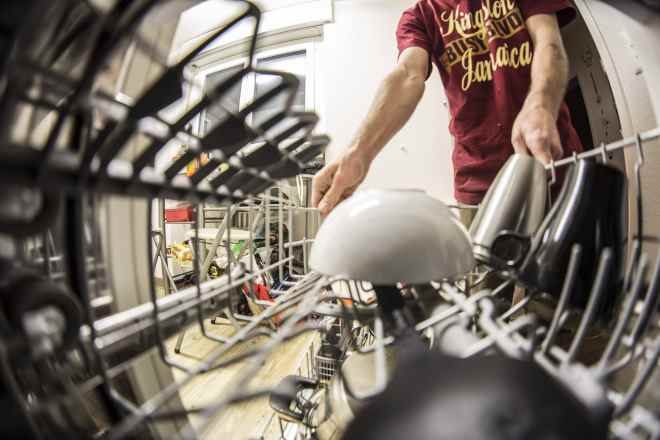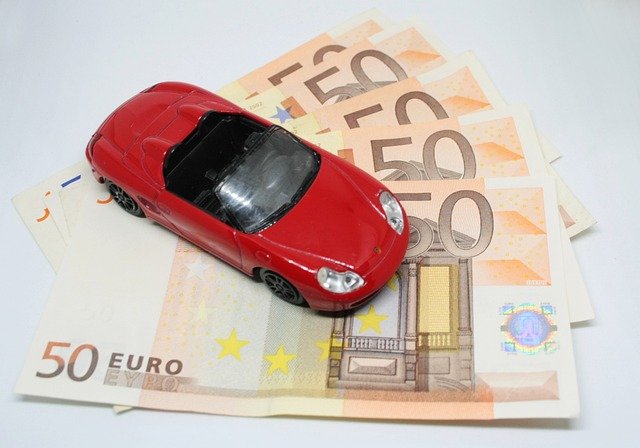Between the Trails and the Wind
On winding mountain paths, the rhythm of pedaling changes with the land. Every curve reveals a new view—soft light over rocks, wind through pine trees. Riders move quietly, guided by the terrain and their own breath. It’s not a race, but a way to feel present, to notice how movement and nature align. Each trail becomes a moment of calm within the open world.

The relationship between cyclist and bicycle creates something magical that transcends mere transportation. When wheels meet pavement or dirt, riders enter a world where speed and serenity coexist, where physical effort translates into forward momentum and mental clarity.
Everyday Rides That Transform Routine
Commuting by bicycle changes the entire dynamic of daily travel. Morning rides to work become opportunities for reflection and preparation, while evening journeys home provide natural decompression time. The predictable hum of car engines gives way to the subtle sounds of chain links and tire rotation, creating a soundtrack that connects riders more intimately with their environment.
Urban cycling reveals hidden aspects of familiar neighborhoods. Streets viewed from car windows take on new dimensions when experienced at bicycle pace. Architectural details become visible, local businesses gain prominence, and community interactions increase naturally through the slower, more accessible nature of bicycle travel.
Movement That Feels Natural
Human bodies adapt remarkably well to cycling motion. The circular pedaling action engages multiple muscle groups while maintaining low impact on joints, making bicycles accessible to riders across various fitness levels and ages. This natural movement pattern explains why cycling skills, once learned, remain embedded in muscle memory throughout life.
The biomechanics of cycling create efficient energy transfer from human power to forward motion. Unlike walking or running, where energy dissipates with each step, cycling captures and sustains momentum, allowing riders to cover greater distances with less perceived effort. This efficiency makes longer journeys feel achievable and enjoyable rather than exhausting.
Simple Moments on Two Wheels
Some of cycling’s greatest rewards come from unplanned discoveries during routine rides. A new cafe spotted on a side street, an unexpected view from a different route, or the satisfaction of conquering a challenging hill all contribute to the richness of bicycle experiences. These moments accumulate over time, creating a personal geography mapped by memories rather than GPS coordinates.
Weather conditions add variety to cycling experiences. Rain transforms familiar routes into adventures requiring different skills and awareness. Sunshine creates opportunities for leisurely exploration, while wind provides either assistance or challenge depending on direction. Each weather pattern brings unique sensations and perspectives to the same physical routes.
Choosing the Right Bicycle for Your Needs
Different cycling purposes require different bicycle designs. Road bikes prioritize speed and efficiency on paved surfaces, featuring lightweight frames and narrow tires. Mountain bikes handle rough terrain with robust construction, wider tires, and suspension systems. Hybrid bikes combine elements from both categories, offering versatility for mixed riding conditions.
Electric bicycles expand accessibility by providing motor assistance when needed. These bikes maintain the essential cycling experience while reducing physical barriers that might prevent some people from riding. Battery technology improvements continue extending range and reducing charging times, making electric bicycles increasingly practical for daily use.
| Bicycle Type | Price Range | Best For | Key Features |
|---|---|---|---|
| Road Bike | $500-$3,000+ | Paved roads, speed | Lightweight, narrow tires, drop handlebars |
| Mountain Bike | $400-$2,500+ | Off-road trails | Suspension, wide tires, durable frame |
| Hybrid Bike | $300-$1,500 | Mixed terrain | Comfortable position, medium tires |
| Electric Bike | $800-$4,000+ | Assisted riding | Motor, battery, extended range |
| City Bike | $250-$1,200 | Urban commuting | Upright position, fenders, lights |
Prices, rates, or cost estimates mentioned in this article are based on the latest available information but may change over time. Independent research is advised before making financial decisions.
Building Cycling Communities
Group rides create social connections among cyclists while providing safety benefits through increased visibility and shared knowledge. Local cycling clubs organize regular rides accommodating different skill levels and interests, from casual social rides to competitive training sessions. These communities often advocate for better cycling infrastructure and promote bicycle safety awareness.
Online platforms connect cyclists for route sharing, maintenance tips, and equipment recommendations. Digital tools track rides, monitor progress, and gamify cycling experiences through challenges and achievements. However, the fundamental appeal of cycling remains rooted in direct physical engagement with the environment.
Cycling represents a perfect balance between technology and simplicity, efficiency and enjoyment, solitude and community. Whether seeking practical transportation, physical fitness, environmental consciousness, or pure recreation, bicycles provide a platform for achieving multiple goals simultaneously. The space between trails and wind becomes a place of possibility, where each ride offers potential for discovery, growth, and connection with the world around us.




